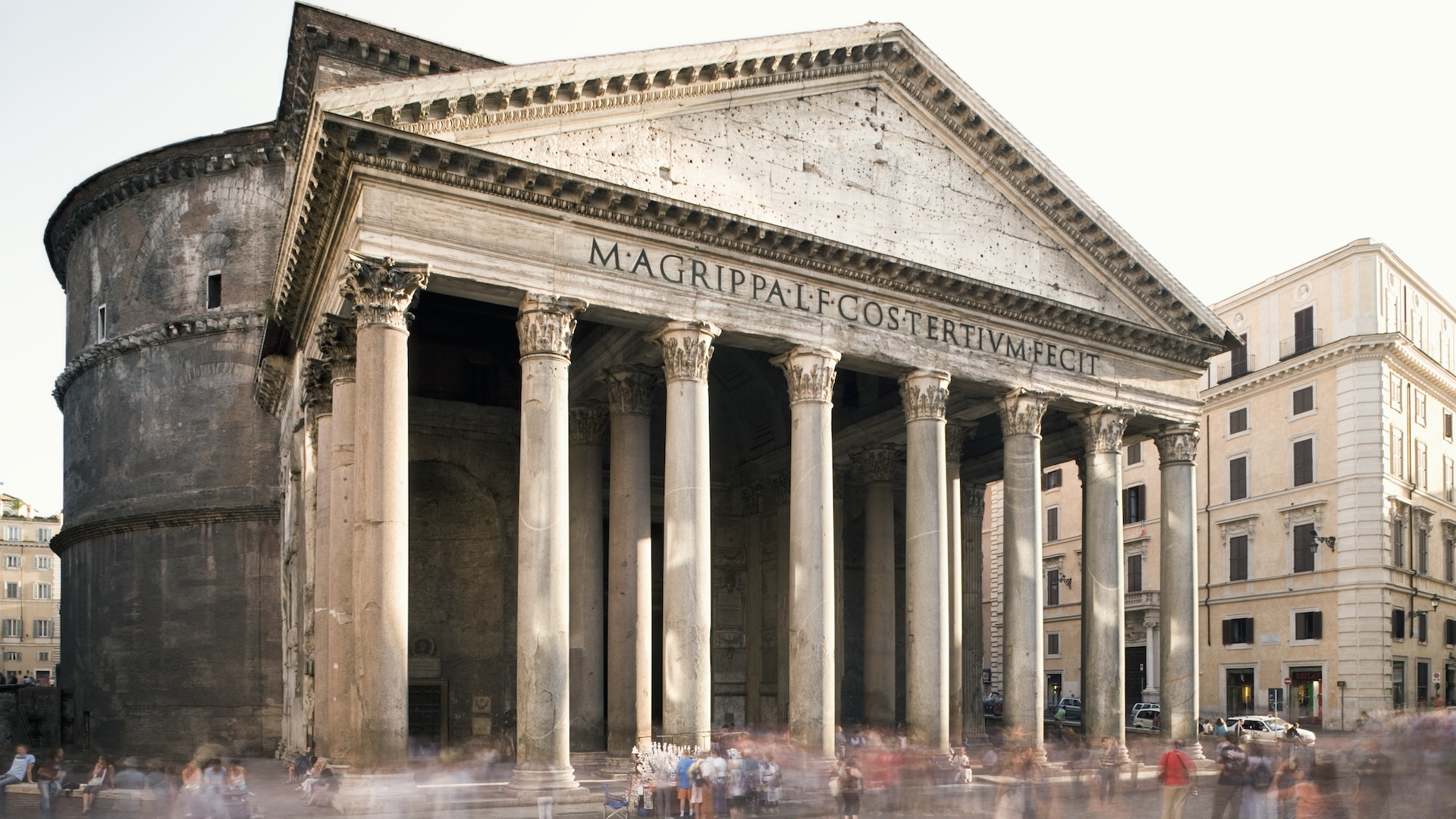When you purchase through radio link on our site , we may earn an affiliate perpetration . Here ’s how it works .
The remains of about 150 Roman soldiers have been fall upon beneath a soccer subject in the Austrian capital of Vienna , point a savage battle against Germanic warriors happened there in the first or 2d century A.D.
Construction worker find the stiff in a mass grave accent beneath a sport line of business in the city ’s southern Simmering district during renovations in October 2024 .

The remains of about 150 men were found in the mass grave, along with pieces of armour and weapons that indicate they were Roman soldiers.
The remains have now been extensively study , and the find wasannounced by the city ’s authoritiesWednesday ( April 2 ) .
According to the translated statement , the individuals in the masses grave were entirely men , some of whom were buried with distinctive armour and artillery that build that they ’d beenRomansoldiers . Many had injuries on their bones because of arm like lances , daggers and sword , which betoken that their deaths were due to fight , the statement say .
Related : Archaeologists may have finally let on noted ' fall back ' canal built by Julius Caesar ’s uncle

(Image credit: A. Slonek/Novetus)
The discovery suggests the soldiers were killed while fighting with Germanic warrior along the northerly frontier of the Roman Empire , which was know as theGermanic Limes . The site of the mess grave accent is only a few miles fromVindobona , now in fundamental Vienna , which was a major Roman military fort until theGermanic invasionsin the 5th century .
Rare Roman burials
Archaeologists said the breakthrough of the mass grave is especially authoritative because the Romans often cremate their dead , and so papistical burial inhumation from this metre have rarely been found .
" In theRoman Empire , there were exacting burial ritual and precise rules that had to be observed even for the time after death,“Kristina Adler - Wölfl , top dog of the city ’s archaeological section , say in the statement . " Since cremations were common in the European parts of the Roman Empire at the time around 100 AD , body burying are an absolute exception . "
The slew grave has been extensively studied since it was pick up in late 2024 . It was announce this month by Vienna ’s federal agency .

(Image credit: A. Slonek/Novetus)
The tidy sum grave was found during redevelopment of a soccer airfield in the southern stewing territory of the Austrian capital Vienna .
Examinations have evidence that the dead in the mass grave were exclusively manlike , with an modal tallness of about 5 feet , 7 inches ( 1.7 meters)—a few in magniloquent than the mediocre Roman legionnaire , but then Teutonic warriors were about the same height . They seem to have been buried in no recognisable order or physical orientation , and had been generally in good health until their violent death , harmonize to an analysis of their bones and tooth .
" The harm to the bones are clear due to scrap , " saidMichaela Binder , a bioarchaeologist with the archaeology firm Novetus , which the city has contracted to enquire the breakthrough .

(Image credit: Pavel Cuzuioc)
" From the arrangement of the skeletons , and since they are purely male remains , it can be ruled out that the web site of the find is connected to a military infirmary or the like , or that an epidemic was the cause of death , " she said .
Scientists are still canvass the many finger cymbals and artefact from the mass grave .
Many of the bones show the dead brook fatal injury , including this deep cut in a skull .

(Image credit: S. Strang / Novetus )
Armour and weapons found in the grave signal Roman soldier were buried there . The breakthrough let in this military dagger , called a pugio .
Roman stronghold
chiliad of Roman soldiers were place at the Vindobona fort at its height in the third century A.D. , and the nearby settlement was home to about 20,000 hoi polloi . Several written accounts survive about popish soldiers fighting with Teutonic warrior along the frontier , but the mass grave is the first strong-arm grounds of fight at this time and plaza .
— Hoard of facile Romanist coin obtain in UK — and some particular date to sovereignty of Marcus Aurelius
— Mystery of how world ’s brain turned to glass after Vesuvius bam possibly solved

(Image credit: L. Hilzensauer, Wien Museum)
— 1,600 - year - old Roman Catholic padlock with spring mechanism discovered in Germany — and it ’s diminutive
The city dominance say in the program line that the mass grave accent may have been due to a major conflict in the sphere , which was then used by the Romans as a reason to expand the fortress ’s defenses and garrison of soldiers .
Archaeologists are still analyzing the remains from the mass grave and the many artifacts found there , which let in a dagger , pieces of armor and the nails from place . The researchers hope ancient DNA analysis and isotope analysis of the bones will break more about the beginning and the keep stipulation of the soldier buried there .

Roman emperor quiz: Test your knowledge on the rulers of the ancient empire
You must confirm your public display name before commenting
Please logout and then login again , you will then be prompted to enter your display name .















